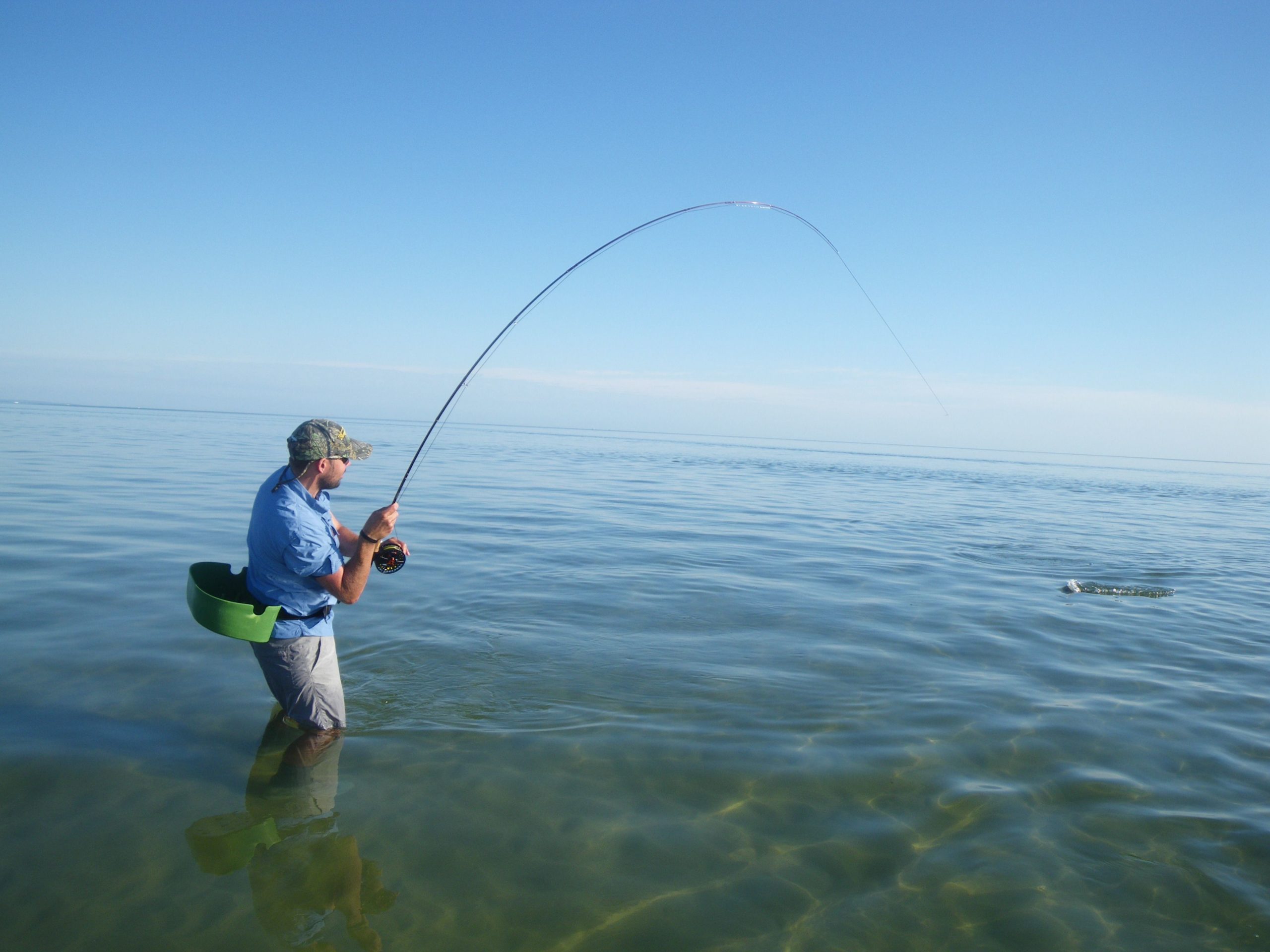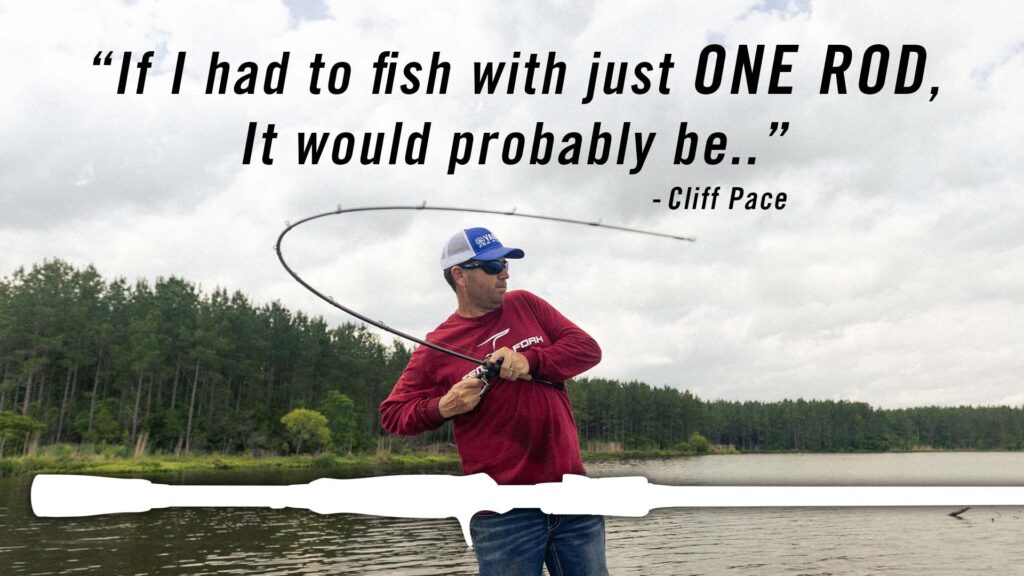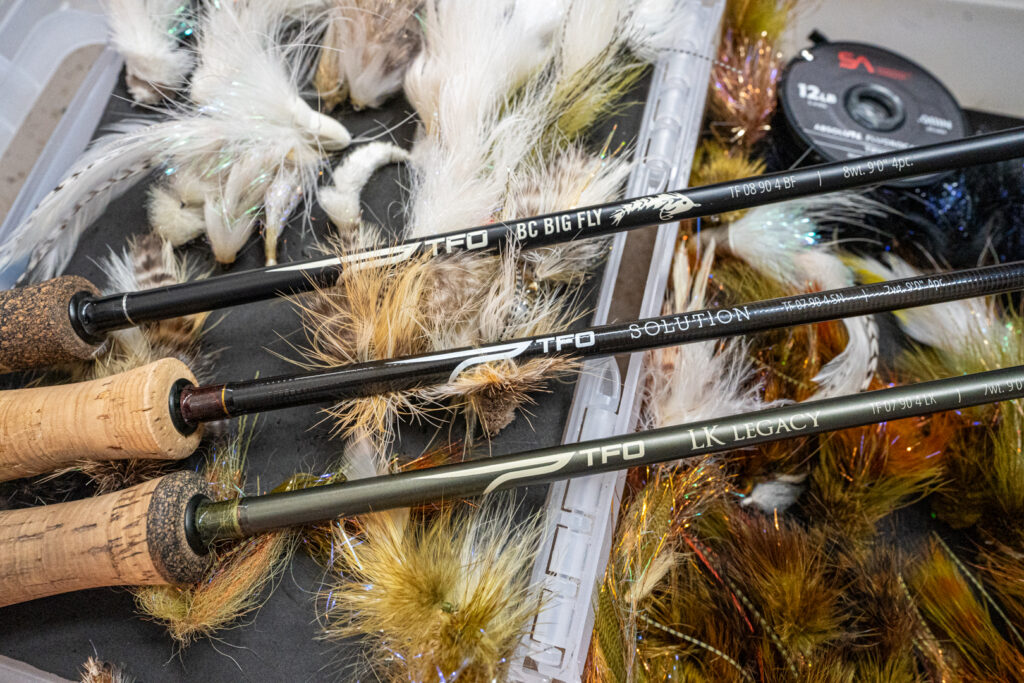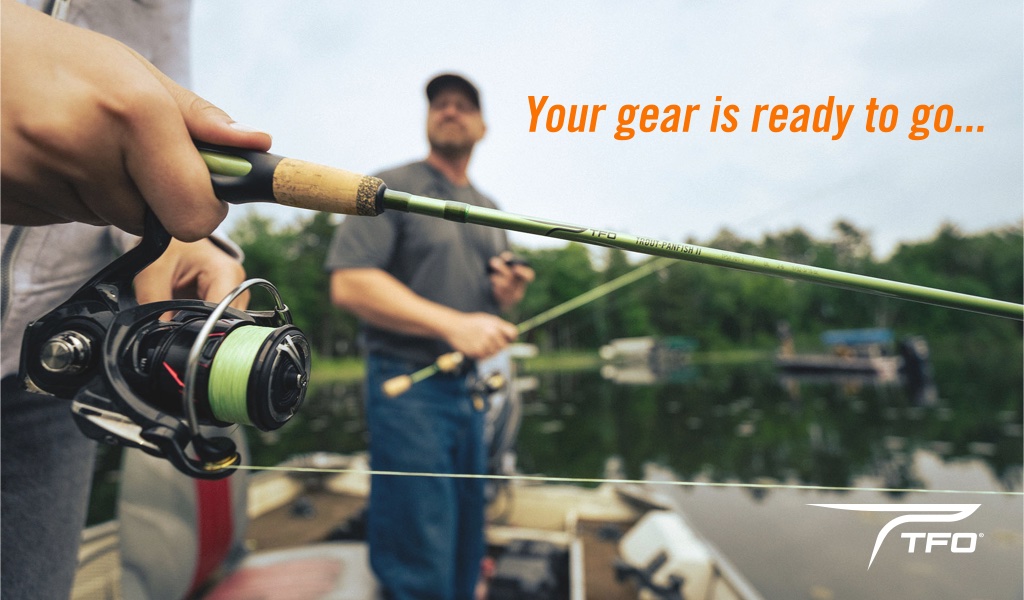If you’ve immersed yourself in the fly fishing literature or watched what seems like a never-ending series of ‘how to videos’, one topic that is almost never addressed is the issue of line management. This neglect is really quite surprising given the fact that managing one’s fly line is critical to one’s fly-fishing success. Today’s fly lines from the major manufacturers are vastly superior to what old timers fished with in the past, but all this progress will fall short of yielding maximum performance potential if they are not properly managed.
Anglers using spinning and conventional outfits also have to pay attention to what’s going on with their line but this is vastly simplified compared to the challenges you confront when fly fishing. First off, in fly fishing, the reel is not involved in the cast. Before making the cast, the total length of line you want to throw is stripped from the reel. Since it is no longer stored on the reel, it has to fall somewhere where the angler is standing and this inevitably can cause a multitude of problems. A second factor to consider is that after the cast is made, the retrieve is accomplished by hand; line is not wound back on the reel’s spool.
So once again, it’s going to fall somewhere in the vicinity of the anglers’ feet. Over the years, fly fishers developed a number of methods to capture line in their hand. Some have even been known to hold coils between their lips, a practice I definitely don’t recommend. In today’s polluted waterways, even small droplets of water from the line can pose a health risk.
By far the best way to secure line that has been stripped from the reel whether you are wading or fishing from a boat is to have it drop in some sort of container. The ones you wear around your waist are commonly referred to as stripping baskets. Containers used for this purpose on boats are designated as stripping buckets. Both types are commercially available or you can easily make them yourself. One of the best baskets on the market is TFO’s Linekurv stripping basket.
It’s well thought out. The curved edge fits comfortably around your hip or midsection and the cone projections on the bottom significantly reduce line tangles as it shoots up out of the basket. The cones also help keep the coils of line in place if you’re moving around a lot while wading. A simple container is better than nothing but without the bottom cones you can end up with a line mess that looks like a bowel of tangled linguini. There’s even a convenient placement so you can lay the rod and reel across the basket instead of placing in dirt or sand. So why do I consider this such an indispensable accessory to my fly tackle setup?

TFO Advisor Scott Leon with a nice corbina caught on the fly using the Axiom ll-X and the Linekurv stripping basket. // Photo: Nick Curcione
The first and probably most obvious function is that these baskets minimize line snags and tangles. A fly line that is allowed to carelessly lie at one’s feet invites trouble because sooner or later it will foul or tangle on any available source. Something as innocuous as a blade of grass, a leaf, seaweed, a twig, a piece of clamshell, shoelaces, and a million other objects we can think of given the opportunity will snag a line.
Furthermore, line shooting up out of a container will travel far easier than a line lying on the water surface. The water is like a magnet holding back the line. Before the line can shoot up out through the rod guides it must break free of the water’s surface and doing so can cost you distance. I would estimate that a proper stripping basket might help add as much as 10′ to 20’ to your casts.
Another common problem a stripping basket solves is the practice of standing on one’s line. I’m willing to bet there isn’t a person who fly casts who hasn’t stood on their line at one time or another. If you have any kind of footwear on, you’ll never be aware that the line is underfoot. Even when barefoot, it can be difficult to detect.
Obviously, a cast is compromised if you’re standing on the line. I almost missed my first shot at a permit because the line was pinned under my foot and didn’t travel the desired distance when I tried to make the forward cast. I was lucky to get a second shot at the fish. Not so lucky was the time I hooked into a nice size bluefin tuna off the Rhode Island coast. Sadly, I was wearing a basket, but took it off when I went to switch outfits and didn’t bother to put it back on. I was able to make the cast, but there was still a section of line lying on the deck and when the tuna ate, the fly line flew from the deck with lightening speed. I had a brief moment of elation, and then everything suddenly went slack. A coil of line was under my left foot and that’s all it took for the bluefin and I to part company.
A container can also protect your line from other harmful agents like gasoline or bug spray. On a trip some years back, the coating on my friend’s fly line suddenly started to peel off because gasoline leaked on deck from one of the hoses and it destroyed a line that was practically brand new.
When they first try one, some anglers complain that a basket feels a bit uncomfortable or obtrusive or they find that they are paying too much attention making sure the line they strip falls into the basket. But given a little time, most everyone readily adapts to one and they’ll feel as natural as wearing a vest. True, they may look awkward, but their usefulness far outweighs their fashion flaws.
Blog written by TFO Advisor Nick Curcione.









